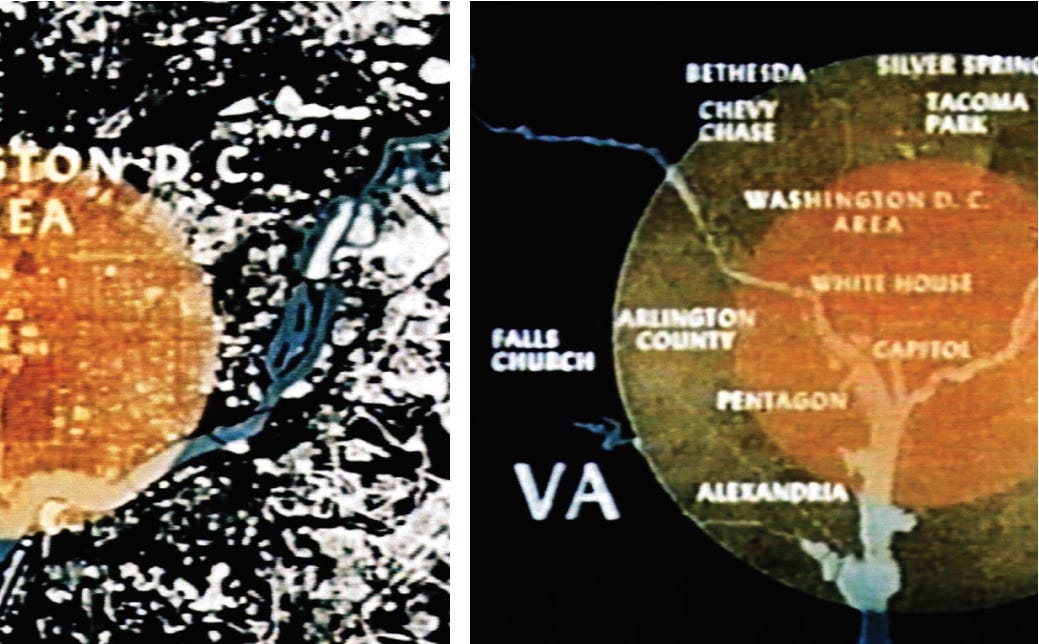The Technotronic Surround
Mind warfare is the great battlefield of the Cold War, and we have to do whatever it takes to win.
—CIA Director Allen Dulles (1953)
Thanks to the Greeks, we can distinguish tragedy from comedy in drama. When we come to deal with such forms as the masque, opera, movie, ballet, puppet-play, mystery-play, morality, commedia dell'arte, and Zauberspiel, we find ourselves in the position of Renaissance doctors who refused to treat syphilis because Galen said nothing about it.
—Northrop Frye
The “Cold War” never happened. The deepest, coldest episodes of the post-war era were defined by an unprecedented level of synchronization between two great global powers, the US and the USSR. Sputnik, the Cold War, and the larger techno-mystical continuum exist as a transmedial overlay meant to obfuscate the alarming nature of this collusion. Almost immediately after the end of WW2, the two powers, having been overtaken by the effervescence of simulation—the heady miasma produced by the industry of parafictional construction—declared psychic war on their own populations and client states.
This war, both real and unreal, was defined by unlimited and liminal psychological research, cybernetics, human experimentation, and vast megaprojects of psychosocial engineering.
The Cold War was, in fact, a tremendous act of science fiction (SF). In the words of the SF historian, Sam Moskowitz, “science fiction is a branch of fantasy which aids the willing suspension of disbelief on the part of the reader by incorporating an atmosphere of scientific credibility for its imaginative explorations of space, time, sociology, psychology and philosophy”. In essence, SF acts as a series of transitions from the concrete to the cartoonish. It draws us down into realms of sub-creation; and there, lulling the participant into a suspension of disbelief, it becomes a mystery play with aliens and machine intelligences instead of gods, a psychodrama with scientific characteristics. It is a time machine, not for traveling through time, but producing it— a device for the ordering of vision, a cartography of hells, which guides the collective into artificial continuums.
“Whether island or valley, whether in space or (from the industrial and bourgeois revolutions on) in time, the new framework is correlative to the new inhabitants. The aliens-utopians, monsters, or simply differing strangers— are a mirror to man just as the differing country is a mirror for his world. But the mirror is not only a reflecting one, it is also a transforming one, virgin womb and alchemical dynamo: the mirror is a crucible.”
—Metamorphoses of Science Fiction, 1977
Keep reading with a 7-day free trial
Subscribe to Schwabstack to keep reading this post and get 7 days of free access to the full post archives.




